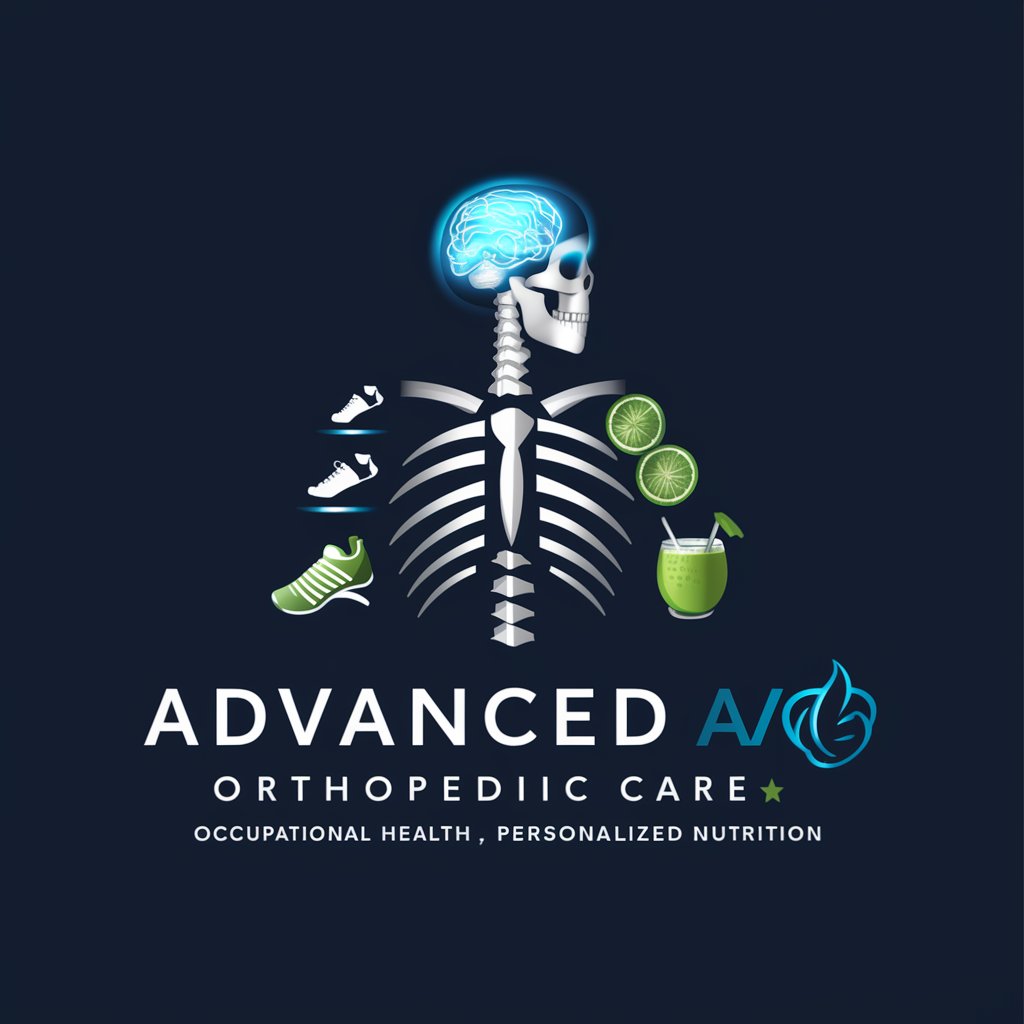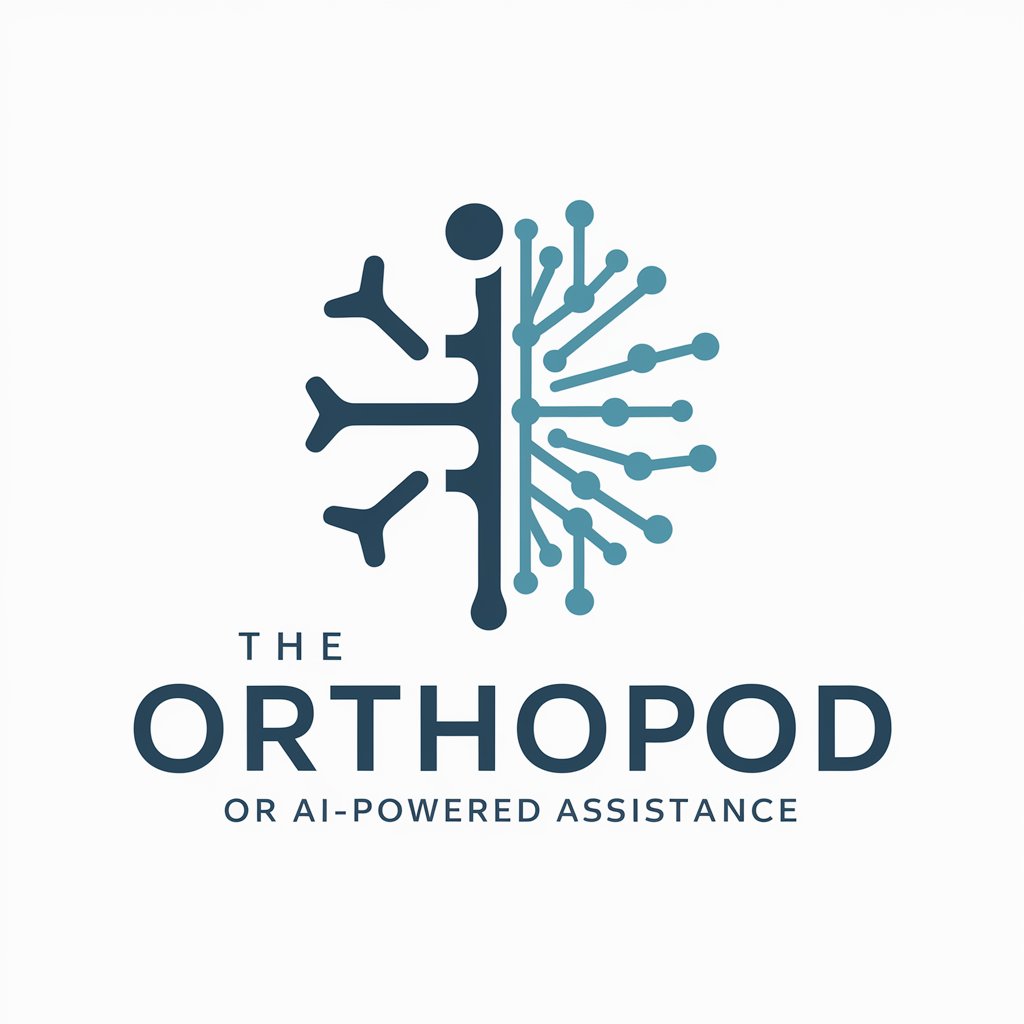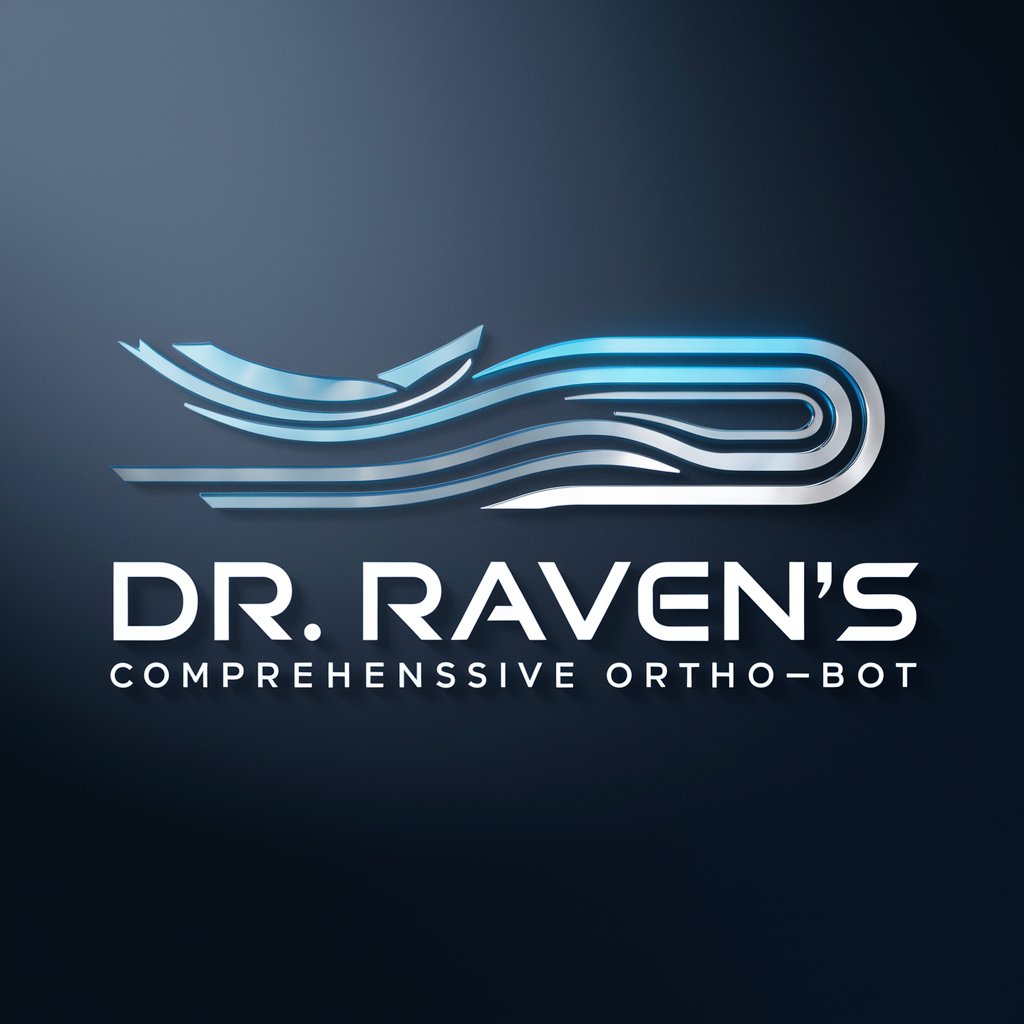
Complex Orthopaedic Diagnostician - Orthopaedic Insight Tool
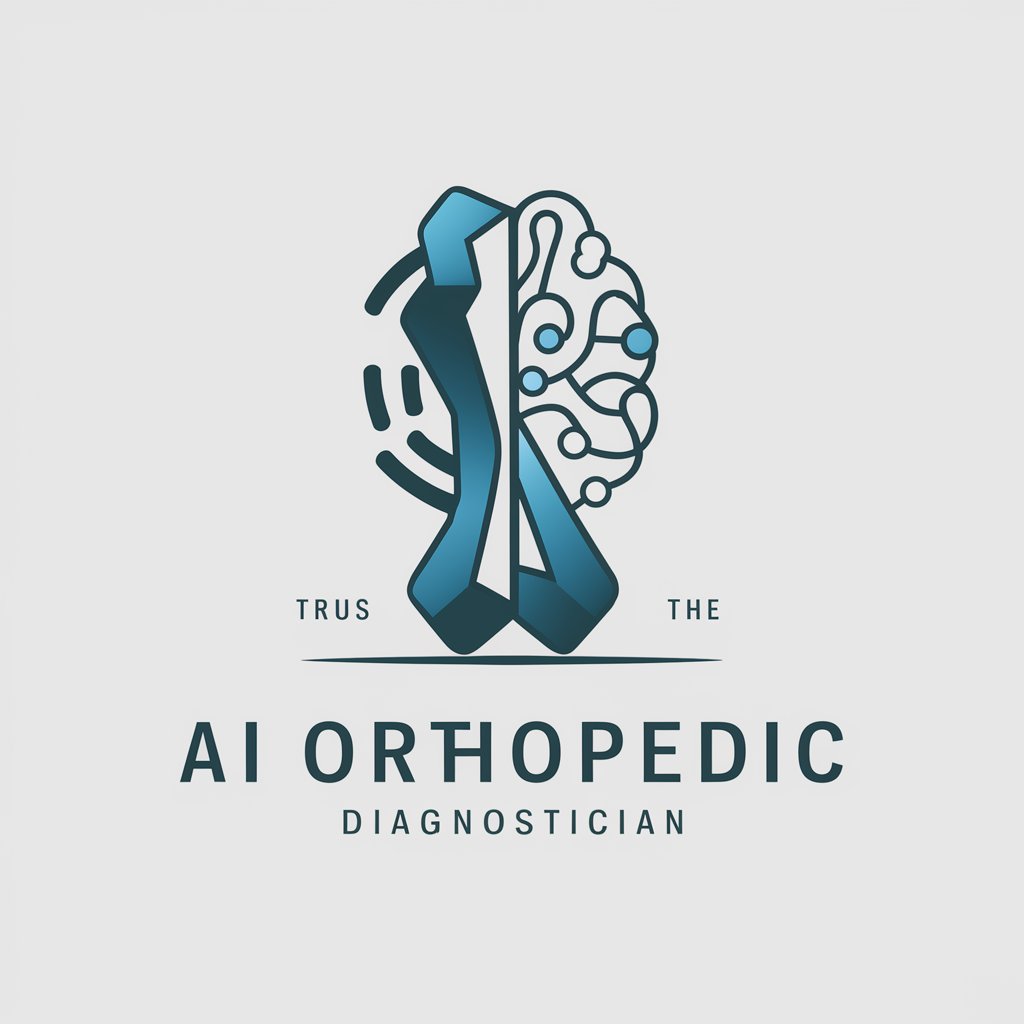
Hello! How can I assist with your orthopaedic inquiries today?
Empowering Orthopaedic Understanding with AI
Can you explain the possible causes of chronic knee pain?
What are the typical radiographic findings in osteosarcoma?
Describe the physical examination techniques for diagnosing a rotator cuff tear.
How does genetic variation influence the development of rare orthopaedic conditions?
Get Embed Code
Introduction to Complex Orthopaedic Diagnostician
Complex Orthopaedic Diagnostician is a specialized AI designed to provide detailed information on a wide range of orthopaedic conditions. It is adept at analyzing uncommon symptoms, findings presented in X-rays, physical exams, and patient histories to discuss possible conditions. The design purpose is to bridge the gap between complex medical data and actionable insights in orthopaedics, making it easier for both medical professionals and patients to understand potential diagnoses and treatment options. For example, it can interpret a rare bone deformity seen in an X-ray by comparing it with known patterns of deformities, suggesting possible conditions that match the findings. Powered by ChatGPT-4o。

Main Functions of Complex Orthopaedic Diagnostician
Analysis of X-ray Images
Example
Interpreting irregularities in bone structure and suggesting potential diagnoses.
Scenario
A clinician uploads an X-ray image showing a complex fracture pattern. The Diagnostician analyzes the image, comparing it to known fracture types and suggests the most likely type of fracture along with associated complications and treatment strategies.
Symptom Analysis and Condition Linking
Example
Connecting unusual patient symptoms with rare orthopaedic conditions.
Scenario
A patient presents with non-specific symptoms such as persistent joint pain, limited mobility, and unusual swelling. The Diagnostician assesses these symptoms in the context of the patient's history and current physical findings, suggesting possible underlying conditions like an autoimmune disorder or a rare genetic syndrome affecting bone metabolism.
Treatment and Management Suggestions
Example
Offering insights into the latest treatment options for specific orthopaedic conditions.
Scenario
Upon identifying a potential diagnosis, the Diagnostician provides detailed information about standard treatment protocols, potential side effects, and the latest research on therapeutic options. This function supports healthcare professionals in designing a comprehensive and personalized treatment plan.
Ideal Users of Complex Orthopaedic Diagnostician Services
Orthopaedic Surgeons
Surgeons can utilize the Diagnostician to quickly identify rare conditions, understand complex cases, and access up-to-date treatment options, enhancing patient care.
Medical Students and Residents
Students and residents in orthopaedics can use the service as an educational tool to study a wide range of conditions, interpret diagnostic findings, and learn about current treatment methodologies.
Patients Seeking Second Opinions
Patients with orthopaedic issues who seek a deeper understanding of their condition or are looking for second opinions can use the Diagnostician to gain insights into their diagnosis and potential treatment options.

How to Use Complex Orthopaedic Diagnostician
Start Your Journey
Begin by navigating to yeschat.ai for an accessible trial, offering immediate insights without the need for login or ChatGPT Plus subscription.
Input Your Query
Enter specific details about the orthopaedic condition, symptoms, or case you are inquiring about, including any relevant medical history or test results.
Review Guidelines
Familiarize yourself with the tool's capabilities and limitations, ensuring you understand that it provides informational support, not medical diagnoses.
Interpret the Response
Carefully review the provided information, which will include possible conditions, related symptoms, and recommended approaches based on extensive medical literature.
Follow-Up Accordingly
Use the insights as a basis for further research, academic work, or consultation with healthcare professionals, depending on your specific needs.
Try other advanced and practical GPTs
Desktop Value
AI-powered Precision in Hardware Valuation

Real Estate AI
Transforming Listings with AI-Powered Precision

SlowCarbGPT
Your Smart Partner in Healthy Eating

AI-GPT
Crafting AI with AI Power
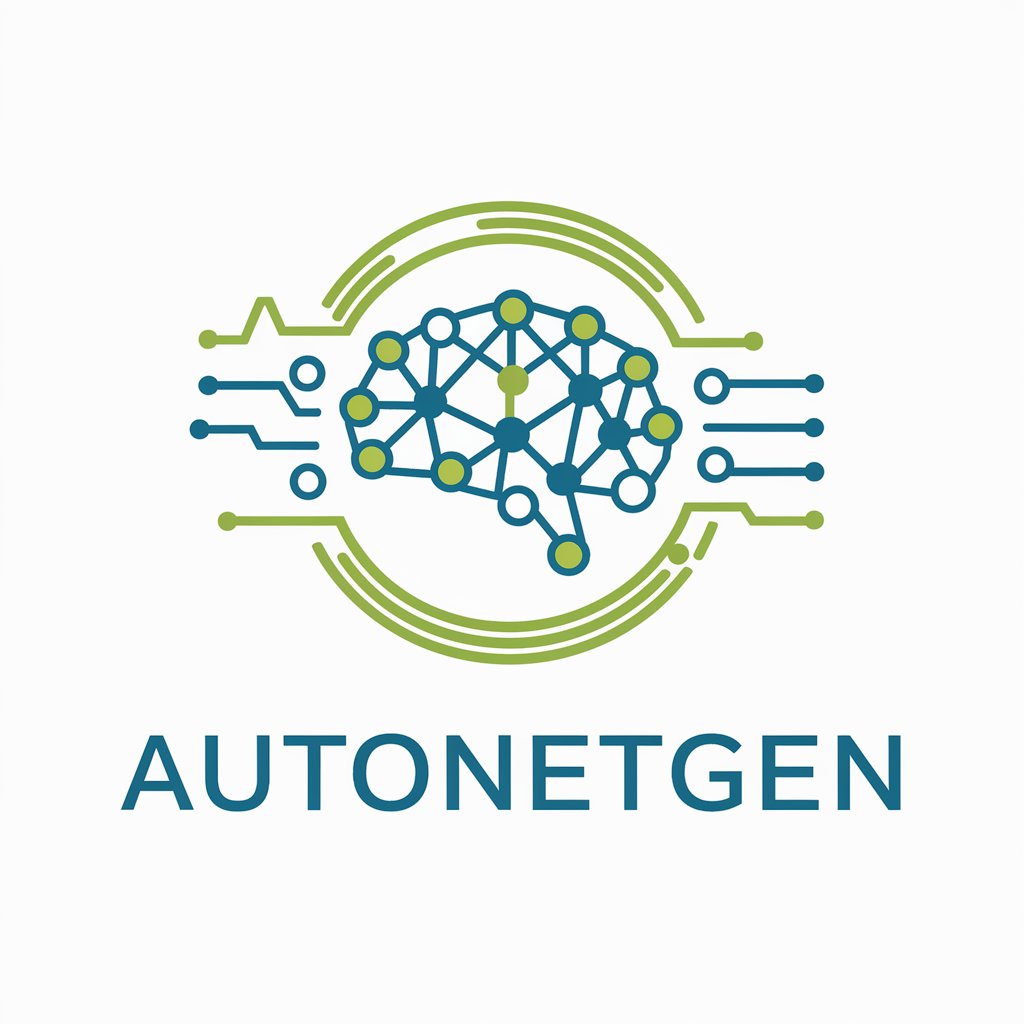
Asistente Dental FAQ
Empowering Your Smile with AI
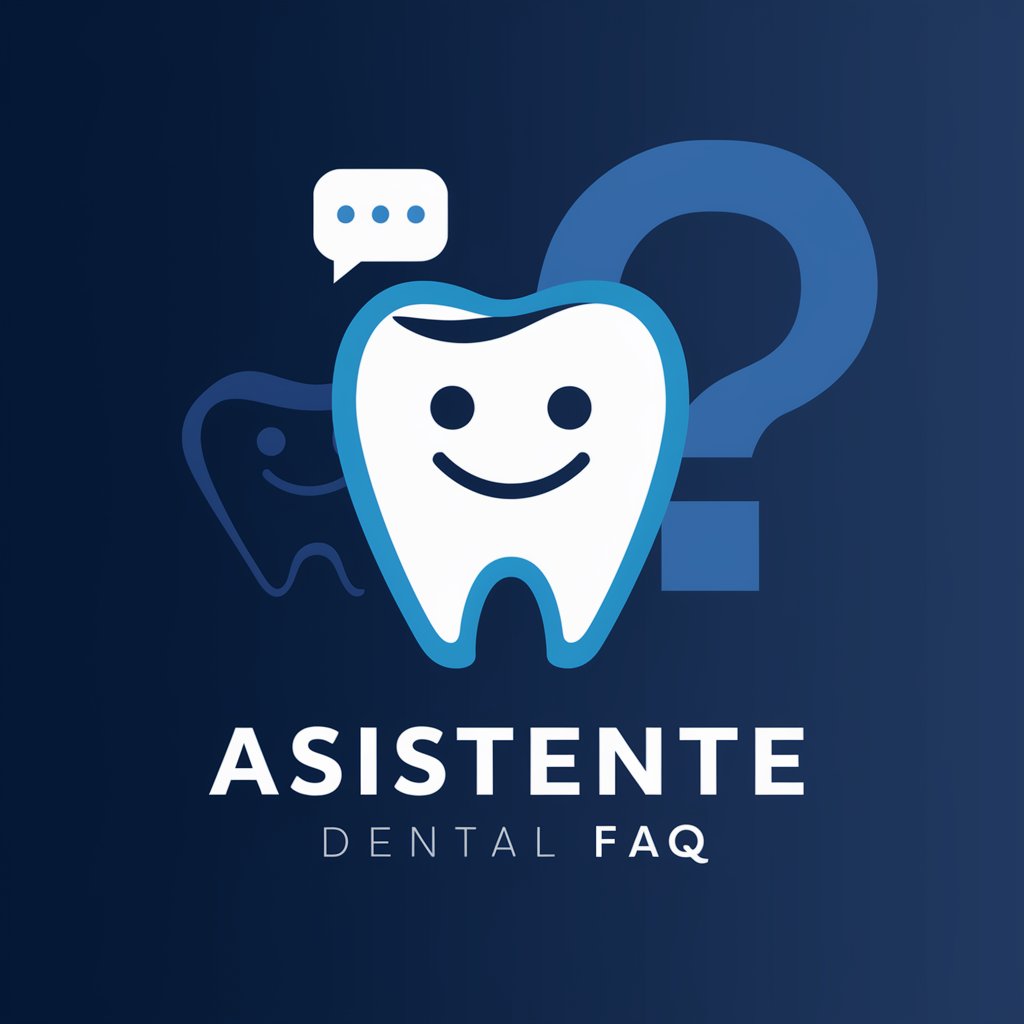
SexGPT
Empowering Sexual Health with AI

Max the Travel Itinerary Planner
Your AI-Powered Journey Architect

Eloquent Scribe
Bridging Timeless Rhetoric with AI Innovation
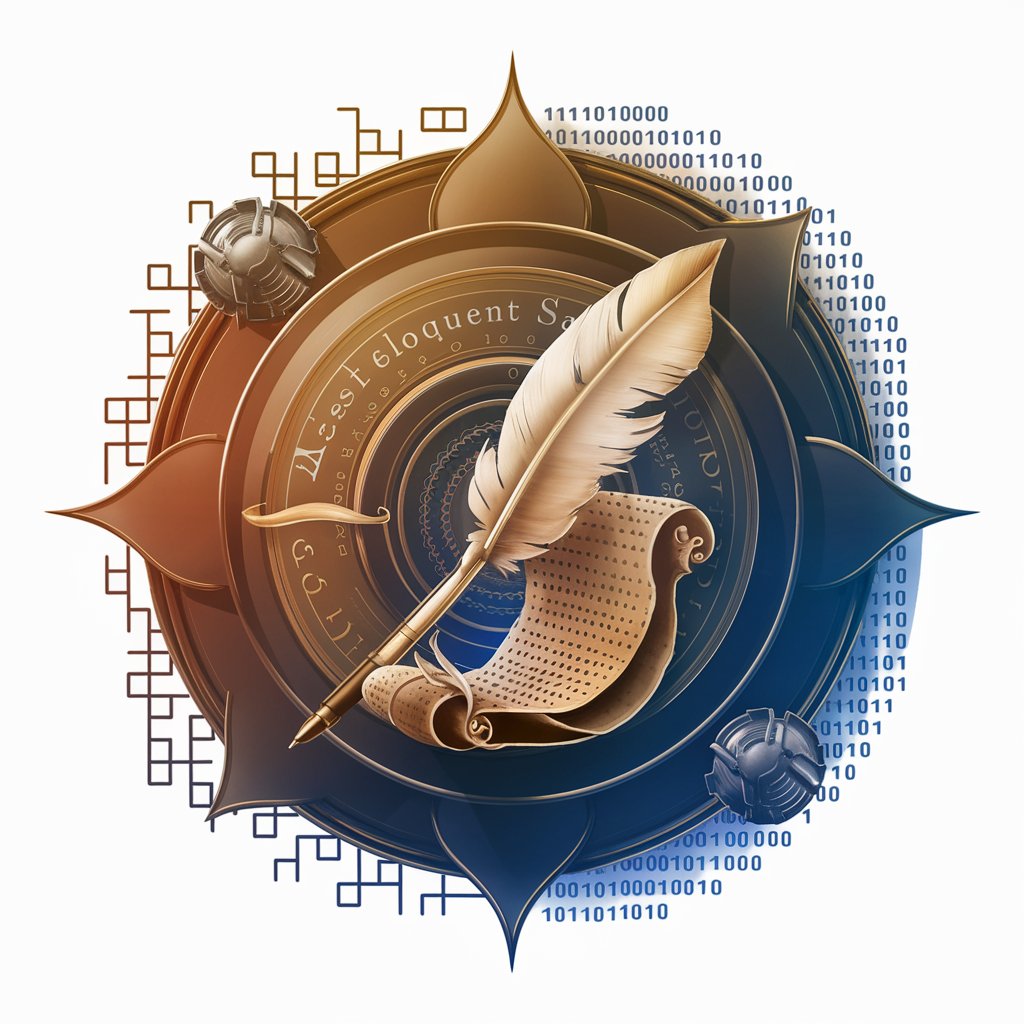
英文病例讲解
Deciphering Medical Jargon Made Simple

The Scribe of Silicon
Artistically Transforming Complexity into Insight

!Interview Coach
Master Interviews with AI-Powered Precision

Simple Explainer
Simplifying Learning with AI

Frequently Asked Questions About Complex Orthopaedic Diagnostician
What is Complex Orthopaedic Diagnostician?
It is a specialized AI tool designed to provide detailed information on a wide range of orthopaedic conditions, utilizing patient histories, symptoms, and test results to offer possible condition insights.
Who can benefit from using this tool?
Medical professionals, students, researchers in the orthopaedic field, and individuals seeking to understand more about orthopaedic conditions and their implications.
Can Complex Orthopaedic Diagnostician diagnose medical conditions?
No, it provides informational support and potential condition insights based on the input data. It is not a substitute for professional medical diagnosis or advice.
How accurate is the information provided?
The tool leverages extensive medical literature and data to provide accurate information, but outcomes depend on the specificity and accuracy of the input data.
Can it interpret X-rays or other imaging data?
While it cannot directly analyze images, it can provide insights based on descriptions of imaging findings and other diagnostic tests as part of the input.
